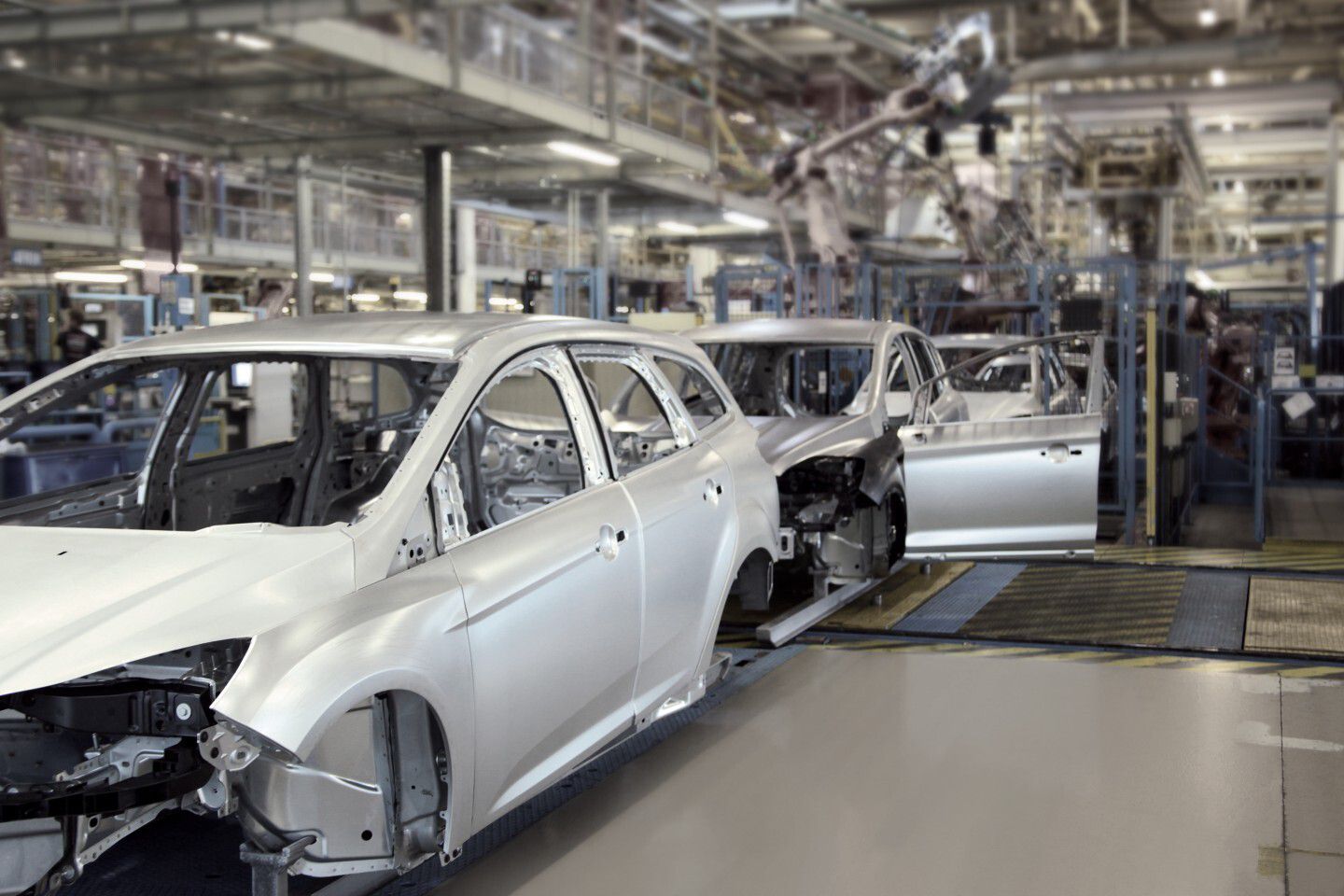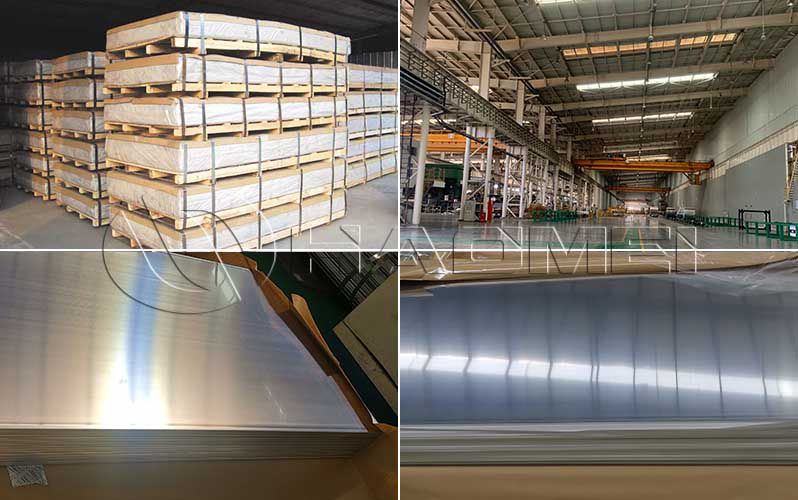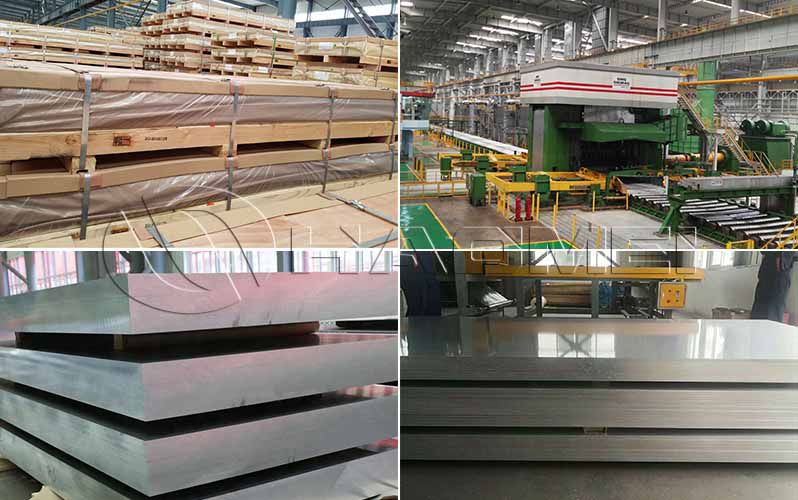Car Body Sheet Metal
Alloy: 5052, 5182, 5754, 6016, 6014, 6111
Temper: O, H32, T4, T6
Thickness: 0.5-600mm
Width: 20-2600mm
Application: Car body
Request A Quote
Alloy: 5052, 5182, 5754, 6016, 6014, 6111
Temper: O, H32, T4, T6
Thickness: 0.5-600mm
Width: 20-2600mm
Application: Car body
Request A QuoteAluminum car body sheet metal is used extensively for automotive parts as hoods, trunk lids, and doors because of its light weight, workability, and recyclability. and its market share continues to increase.
The 5xxx and 6xxx aluminum alloys are used most commonly for automotive applications. Their mechanical properties for automotive body sheets are listed, and their specific properties and main differences are shown.
The 5xxx alloys have ultimate tensile strength of 125 to 350 MPa and cannot be heat-treated. They have relatively good formability and are highly resistant to corrosion.
However, 5xxx alloys are prone to the formation of Haomei Aluminum during forming, so they are used mostly for inner-panel applications. 5182 and 5754 are the principal 5xxx series alloys used in auto body sheet panels. 5754 also is recommended for elevated temperature applications. The 6xxx series alloys are heattreatable to reach ultimate tensile strength of 125 to 400 MPa. The alloys, especially 6022 and 6111, often are used for outer panels since they are precipitation-hardened and free of Haomei Aluminum.
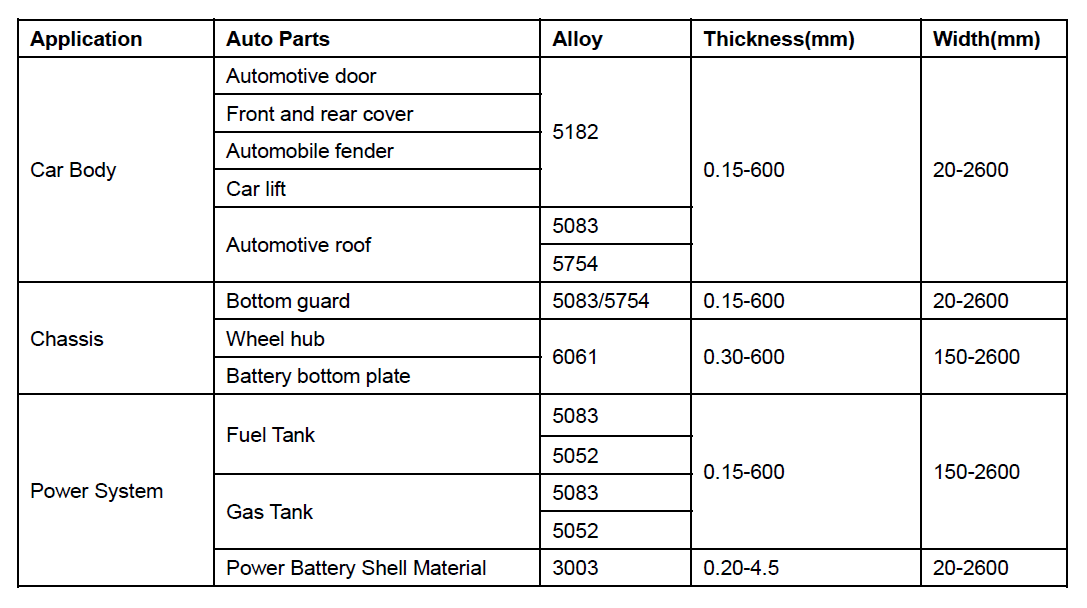
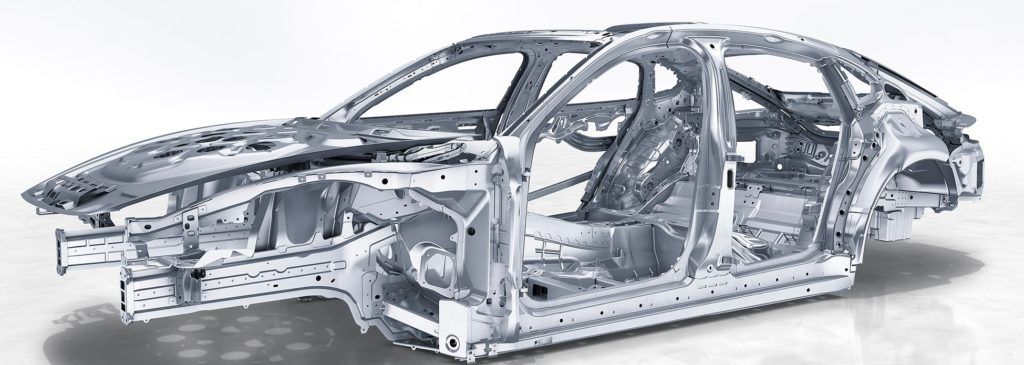

Elastic Modulus—With an elastic modulus one-third that of steel, aluminum parts experience more springback. This can be reduced by increasing the blank holder force, the amount of stretching, and sheet thickness. The forming operation must be optimized to ensure at least 2 percent stretch throughout the part.
Friction—Friction between the tool and the aluminum sheet is expected to be higher compared to steel sheet because aluminum has a surface roughness (Ra) from 0.25 to 0.38 micron. In comparison, the Ra of steel sheet is about 0.63 to 0.88
micron. The smoother texture of aluminum requires dry, waxlike lubricants.
•Formability—For the stamping of autobody parts, the lower form- ability of aluminum compared to steel can be offset to some extent by using technology such as advanced addendum design, local blank holder force control with multiple-point hydraulic cushions, or warm forming. Warm forming using heated dies and heated blanks has been investigated extensively, and recent studies have shown that the use of heated dies complicates the process and increases costs. Present R&D efforts are focused on heating the sheet to warm forming temperature while keeping the dies at room temperature.
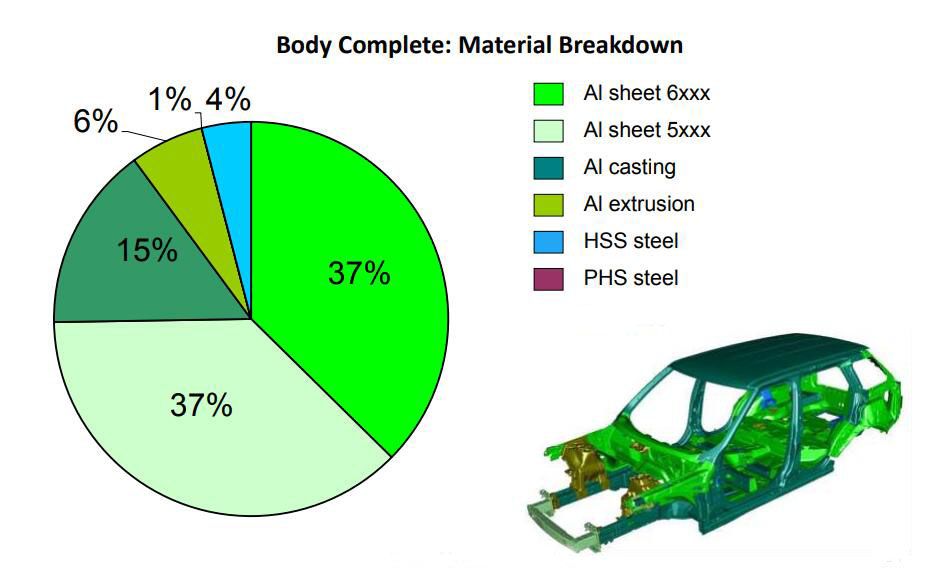
Performance benefits
Because aluminum is lighter, it allows automakers to increase dent resistance—they can make body panels thicker while still lowering weight. And a lower weight vehicle has better acceleration, better braking and better handling. In addition, lighter vehicles can haul and tow more because the engine isn’t carrying unneeded weight.
Weight, strength and safety benefits
When applied to an optimized automotive body structure, aluminum can provide a weight savings of up to 50 percent compared with the traditional mild steel structure. Aluminum body structures are equal or superior in strength to steel and absorb twice as much crash-induced energy. Primary-structure weight savings also allow other vehicle systems to be downsized (including the engine, transmission, suspension and wheels). Across the board, in weight, strength and safety, aluminum’s advantages are clear.
